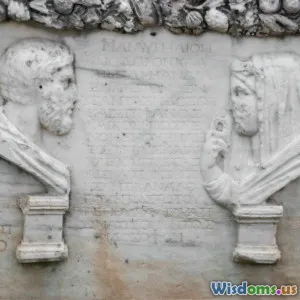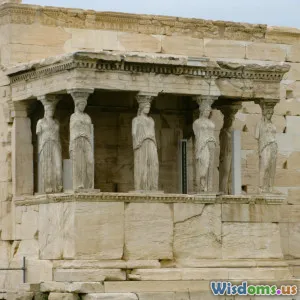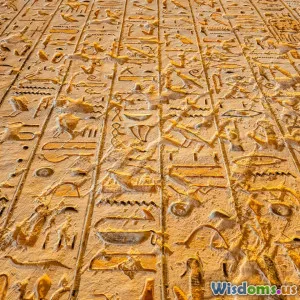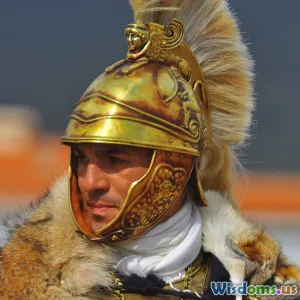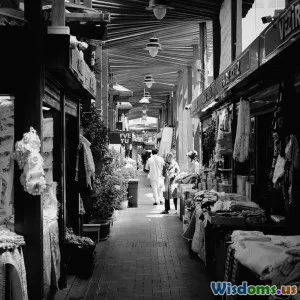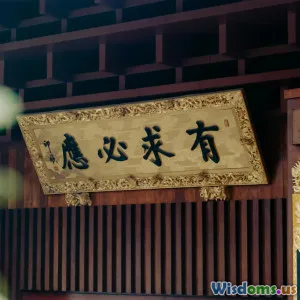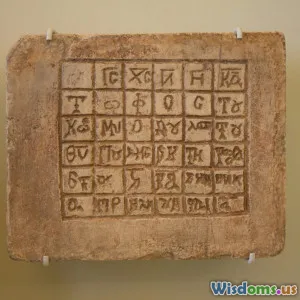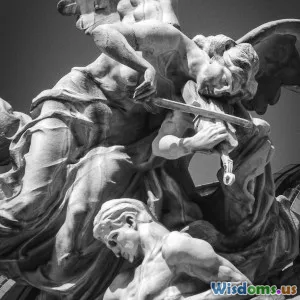
Why Mesopotamian Ziggurats Were More Than Just Religious Monuments
7 min read Explore the multifaceted roles of Mesopotamian ziggurats beyond religion—from political power symbols to engineering marvels. (0 Reviews)
Why Mesopotamian Ziggurats Were More Than Just Religious Monuments
When picturing the ancient cities of Mesopotamia, shaped by the first cradles of civilization, ziggurats immediately come to mind—those towering stepped structures that rise high above the flat landscape. Traditionally, these imposing edifices have been understood primarily as religious monuments: temples dedicated to the gods. But to view ziggurats solely through a spiritual lens is to miss the full richness of their importance. These massive pyramidal structures were hubs of political authority, sophisticated centers of administration, and even early examples of architectural and urban planning genius.
In this article, we will delve into the multifaceted roles of Mesopotamian ziggurats — revealing how they were much more than sanctuaries for the divine.
The Religious Face of Ziggurats
First, it’s important to recognize why the religious interpretation was predominant. Ziggurats were essentially raised platforms with a temple at their summit dedicated to a city's patron deity. Structures like the Great Ziggurat of Ur, built during the Ur III period around 2100 BCE, served as the divine dwelling place between heaven and earth. Ancient texts and archaeological evidence indicate these temples were vital in rituals aiming to ensure agricultural fertility, social order, and cosmic balance.
For instance, priests were believed to act as mediators between gods and humans, performing daily offerings on the summit chambers. The very height of the ziggurat symbolized bringing worshippers physically closer to the heavens, embodying the Mesopotamian worldview that divine favor was crucial to earthly success.
Political Power and Authority
However, ziggurats also communicated much more than religious zeal — they were powerful symbols of a city-state’s political strength and centralized power. The construction alone was a massive state endeavor, requiring coordinated labor, resource management, and advanced engineering.
Eye-catching Landmarks for Power: Their towering silhouette visible for miles made ziggurats landmarks from which rulers broadcast their dominance. Mesopotamian kings often claimed divine right to govern, and by overseeing the temple dedicated to the city’s god, they reinforced their legitimacy.
Administrative Hubs: Scholars have found that the religious centers atop and around ziggurats weren't solely for prayers but also served administrative purposes. Tablets discovered in the precincts of the Great Ziggurat of Ur reveal economic records, legal documents, and decrees — indicating these sites functioned as early government headquarters.
In truth, ziggurats stood at the intersection of civic and sacred realms. The ruler’s involvement with the temple amplified his prestige, binding religion and governance tightly together in Mesopotamian polities.
Engineering and Architectural Ingenuity
Beyond symbolism and administration, ziggurats are testaments to the technological expertise of Mesopotamian builders.
Materials and Construction Techniques: Ziggurats were primarily constructed of mud bricks, baked where possible to increase durability. The architecture featured a core of sun-dried bricks with fired bricks on the exterior, demonstrating understanding of long-term preservation strategies in a harsh environment.
For example, the Great Ziggurat of Ur originally stood 91 feet tall with multiple terraces and a grand staircase leading upward. Architectural innovations like drainage systems minimized water damage — a lasting problem in river plains — showing an early grasp of civil engineering.
Urban Planning: The placement of ziggurats within city plans speaks to broader urbanistic principles. They were centrally located, surrounded by administrative and residential buildings, indicating hierarchical organization of space which foreshadowed modern cities.
Their prominence elevated the social and cultural coherence of the city by providing a physical and symbolic center.
Social and Economic Implications
Ziggurats also catalyzed social interaction and economic activity.
Labor and Economic Mobilization: Their construction involved thousands of workers, organized labor divisions, and long-term planning. Tributes and taxes collected from farming communities funded these endeavors, intertwining economic life with religious and royal institutions.
Community Identity: The presence of ziggurats helped unify inhabitants under shared cultural and religious identities. Festivals and public gatherings around the temple complex strengthened societal bonds.
Military Observatories and Defensive Markers?
Some scholars propose that ziggurats had strategic military roles. Their great height provided vantage points for spotting approaching enemies or signaling between cities in Mesopotamia’s often turbulent environment.
While they were not forts per se, the ability to watch enemy movements and send early warnings would have contributed to local defense, demonstrating multipurpose utility.
Conclusion: More Than Stone and Spirituality
Mesopotamian ziggurats were not mere temples or relics of a bygone spiritual age; they were complex institutions that embodied the social, political, technological, and cultural heartbeat of early civilization.
From the theological to the administrative, the architectural to the symbolic, these incredible structures stood literally and figuratively at the intersection of Mesopotamian life. Understanding their multi-layered significance challenges the modern viewer to appreciate these ancient wonders as technological feats, centers of power, economic engines, and enduring symbols of human ingenuity.
In reflecting on ziggurats, we glimpse the ancient city as a living organism, living atop, beyond, and around a sacred mountain fashioned by human ambition and divine aspiration alike.
Hence, next time you see an image of a ziggurat, remember it was far more than a temple—it was the beating heart of a civilization that shaped human history.
Rate the Post
User Reviews
Popular Posts










